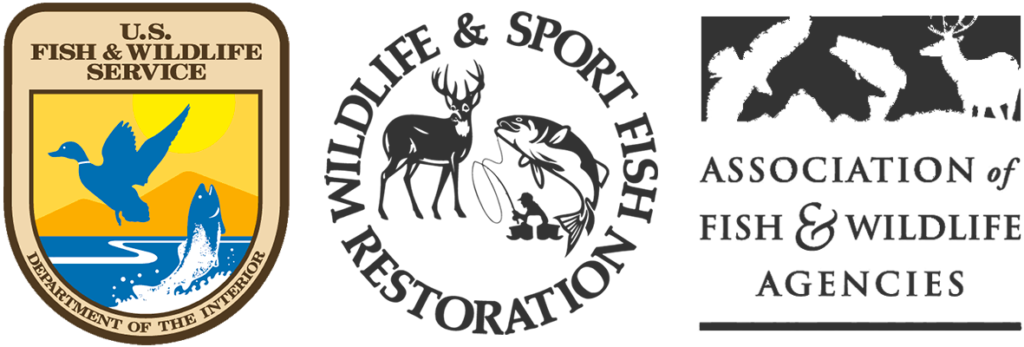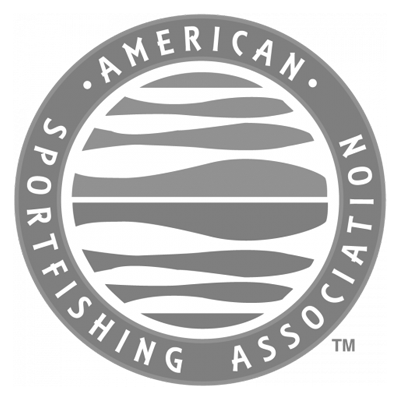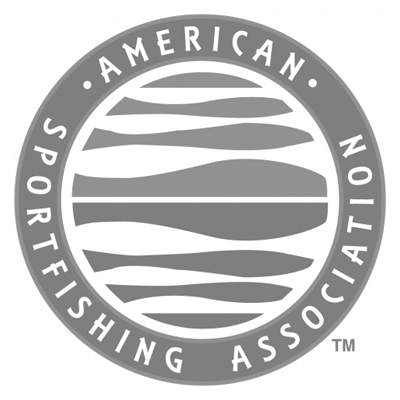Fishing Manufacturers and Conservation
Promoting Fisheries Conservation and Angling
For more than half a century, America’s fishing equipment manufacturers have shared a partnership with state and federal biologists through the Dingell-Johnson Act — a partnership that funds remarkable fisheries conservation and supports anglers at the same time.
This partnership would be impossible without you, the craftspeople and business owners who help fund the Sport Fish Restoration grants. Our Partner with a Payer initiative invites you to join us to see how your success helps conserve fish in our lakes, rivers, and oceans, and helps keep these waters wild, clean and accessible to all.
Pennsylvania Partnerships
Highlighting Fish Conservation in Pennsylvania
The Pennsylvania Fish and Boat Commission manages sport fish, and maintains or creates new boating and angler access through a three-way partnership dating to 1950. Learn how excise taxes paid by the tackle and boating industries shape conservation and outdoor recreation alongside the U.S. Fish and Wildlife Service and the Commission.
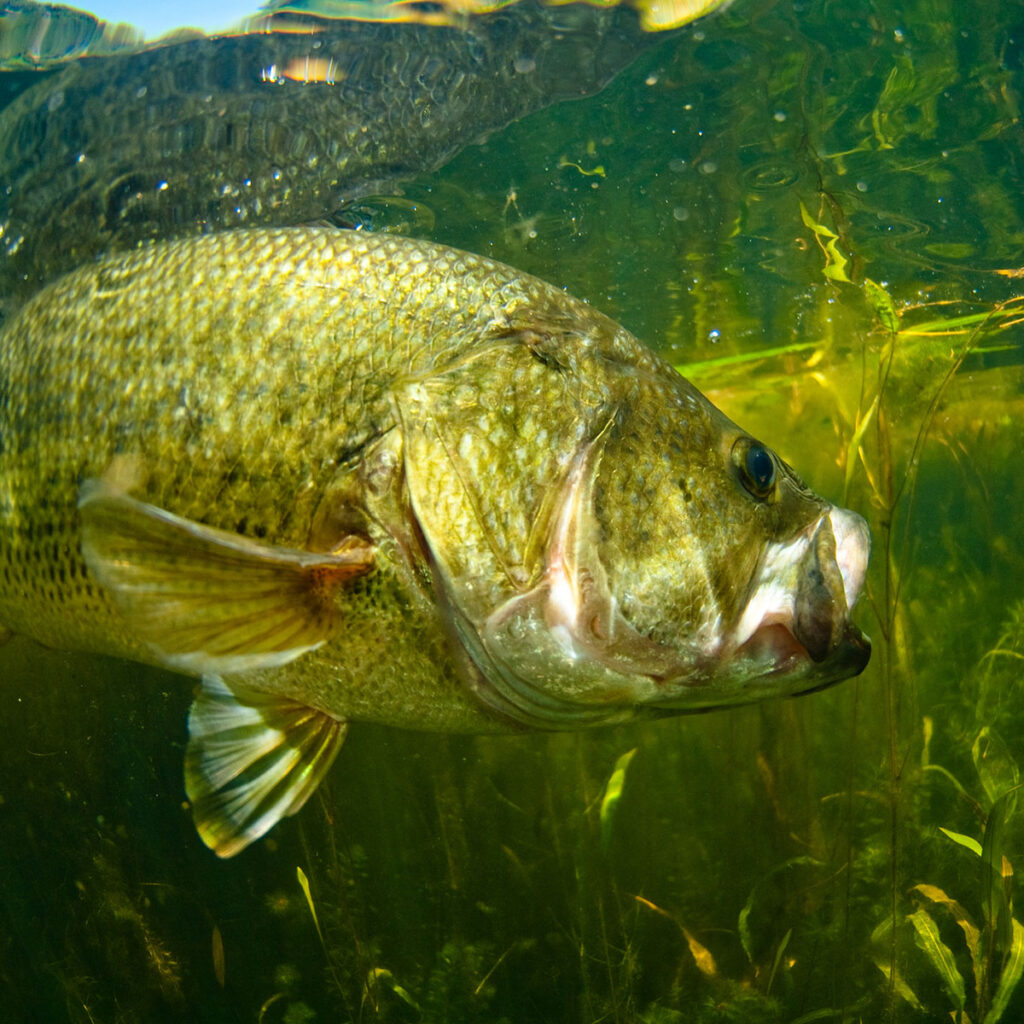
Restoring fisheries
Biologists study, monitor and manage more than 200 species of fish with excise tax funds, like the many grants used for black bass conservation. Once called “the most abused of all American game fish,” the largemouth and smallmouth bass fishery is now one of America’s finest.
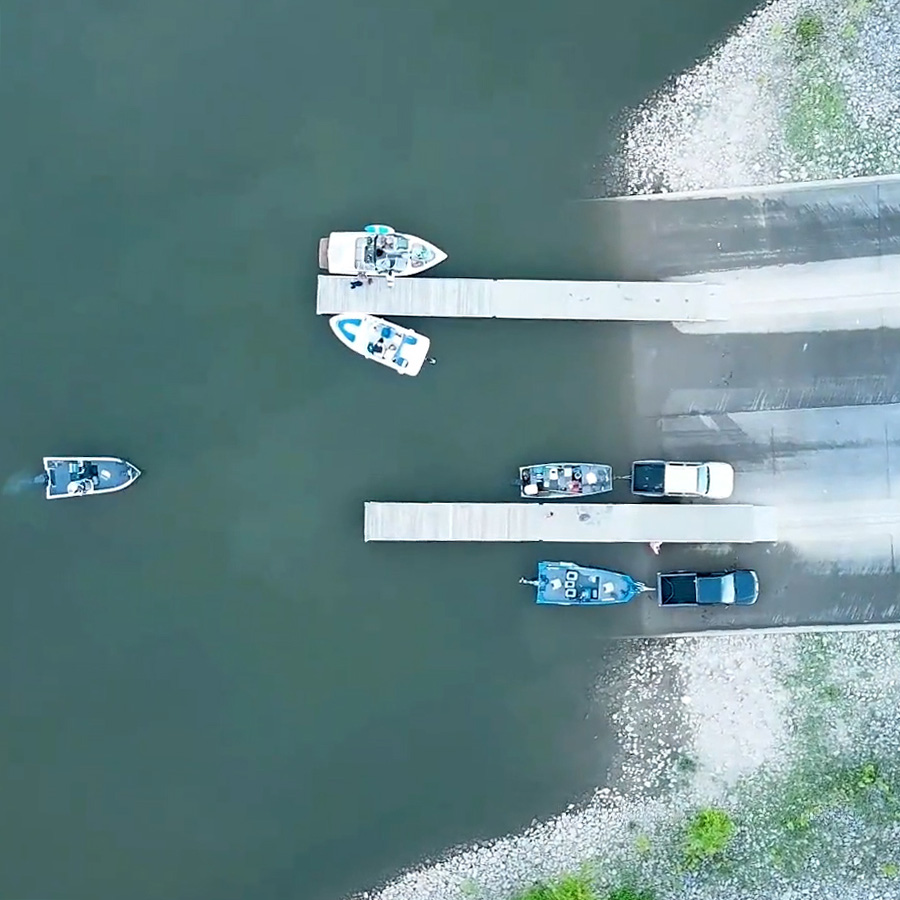
Providing public access
In the past eight years, 319 new fishing and boating access sites have been constructed with excise tax funds. In total, more than 8900 public boating and fishing areas are maintained by Sport Fish Restoration funds.
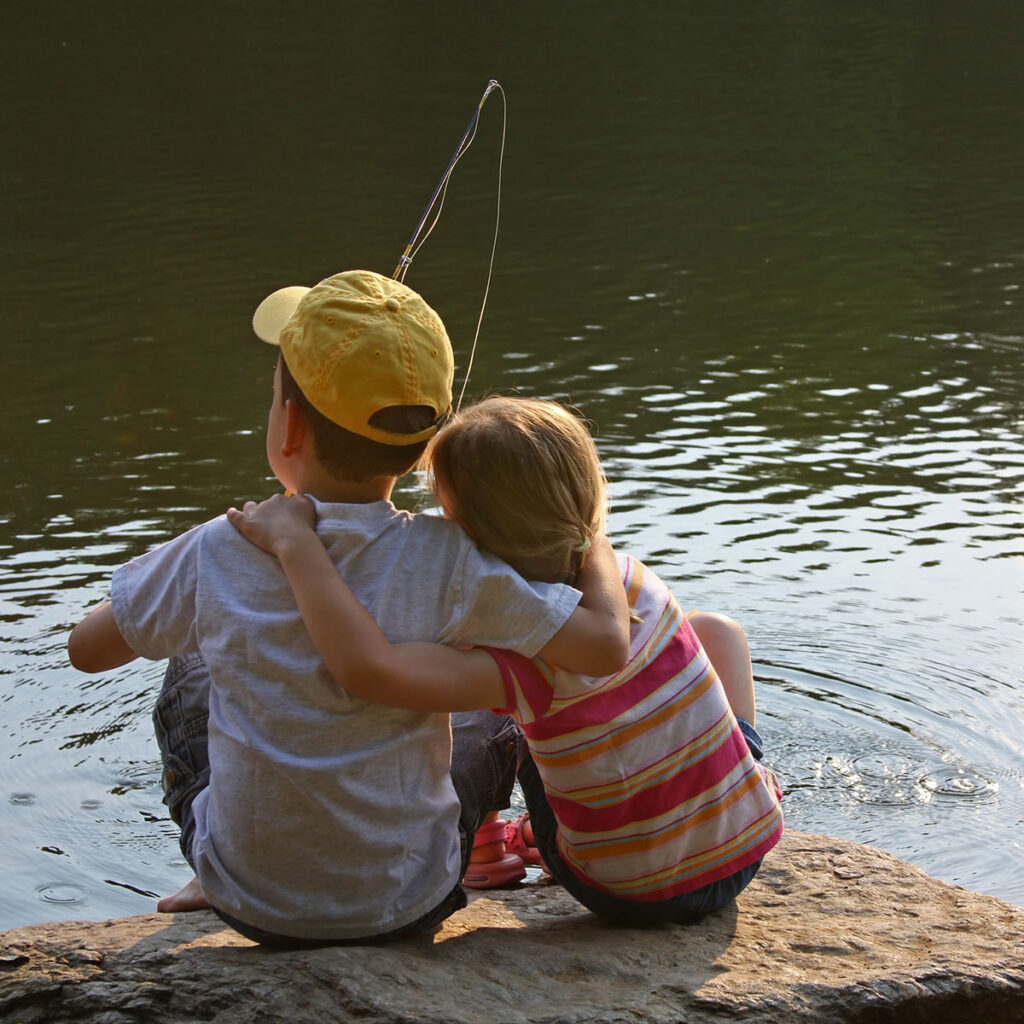
Welcoming new anglers
Every year, almost 1.5 million people receive aquatic education supported by excise tax funds, like the hundreds of students that go through the Florida Conservation Commission’s fishing and boating camps each year.
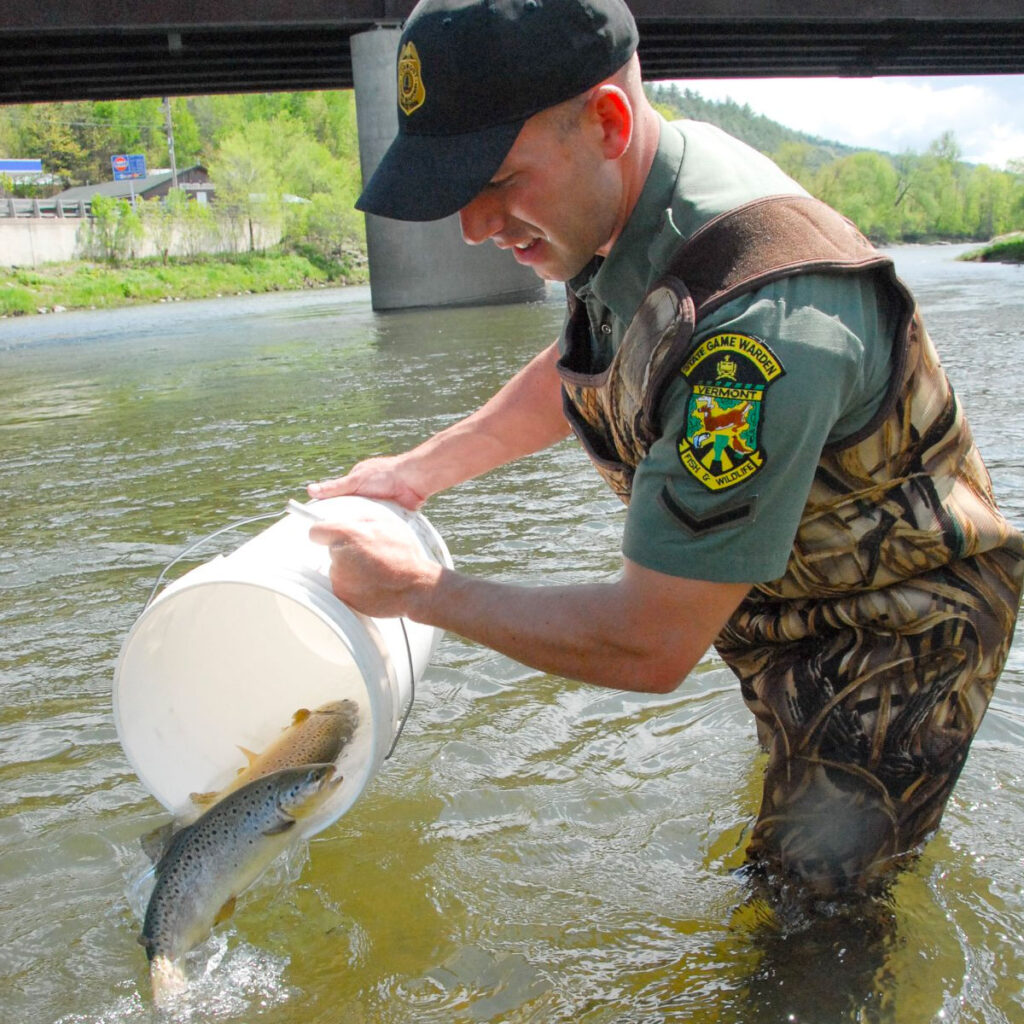
Raising and stocking fish
Every year, 1 billion fish of more than 77 species are produced by 321 state fish hatcheries across the country, like this one in Vermont — all funded by Sport Fish Restoration grants using excise tax dollars.
Did you know?
Sport Fish Restoration grants use excise taxes from manufacturing to ensure abundant fish and healthy habitat, increase angler access to millions of acres of fishable water, and welcome new people into the sport through education — a productive trifecta that ultimately benefits manufacturers.
Funding for Partner With A Payer
In The News

The Bear Facts on Pittman-Robertson in North Carolina
In these first beautiful days of winter, something splendid transpires in nature. Black bears are well into their long hibernation, having stocked up the fat stores to get through the cold months.

Tiger Muskie Research in Utah
Sport Fish Restoration dollars help inform hatchery management.

Gila Trout Conservation and Sport Fish Restoration
James Ohio Pattie by our best reckoning was the first to record catching Gila trout. The man led a beaver trapping expedition from Kentucky that traversed today’s American Southwest shortly after Mexico achieved its independence from Spain.
Upcoming Events
As part of this initiative, two types of events are held to support this important partnership: field tours and facility tours.
Field tours invite industry representatives to unforgettable in-the-field experiences that illustrate the importance of the conservation funds that make fish and wildlife research, habitat conservation, shooting facilities, fish hatcheries and stocking, hunter and aquatic education, and public access to lands and waters possible.
Facility tours invite state fish and wildlife agency representatives to industry facilities to learn about the processes that manufacturers use to make the products that are taxed and result in a critical funding source for state fish and wildlife agency conservation work.
